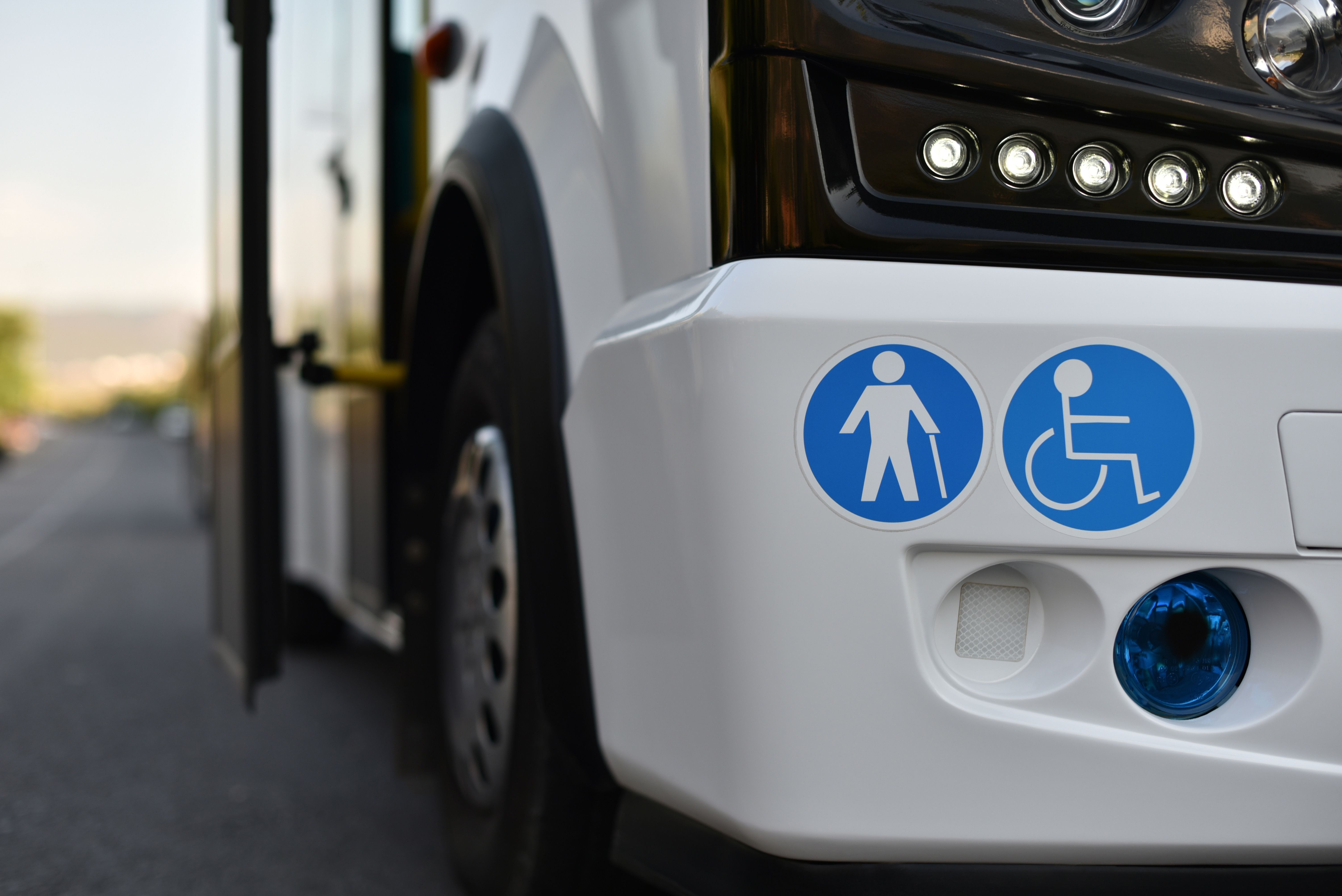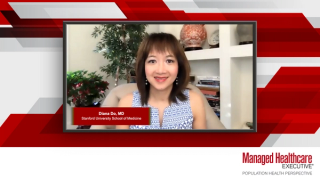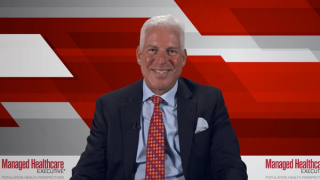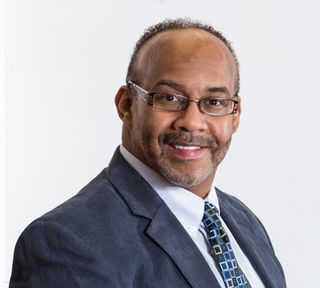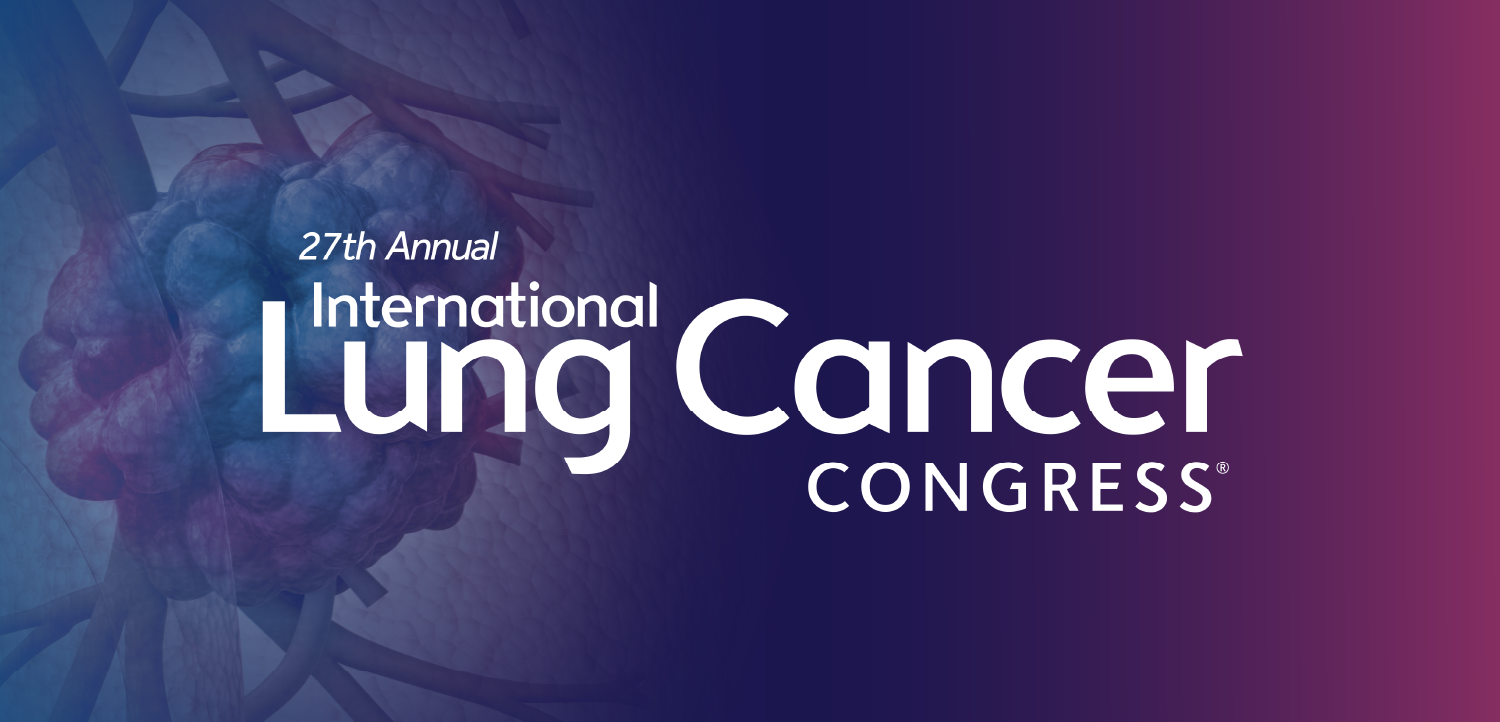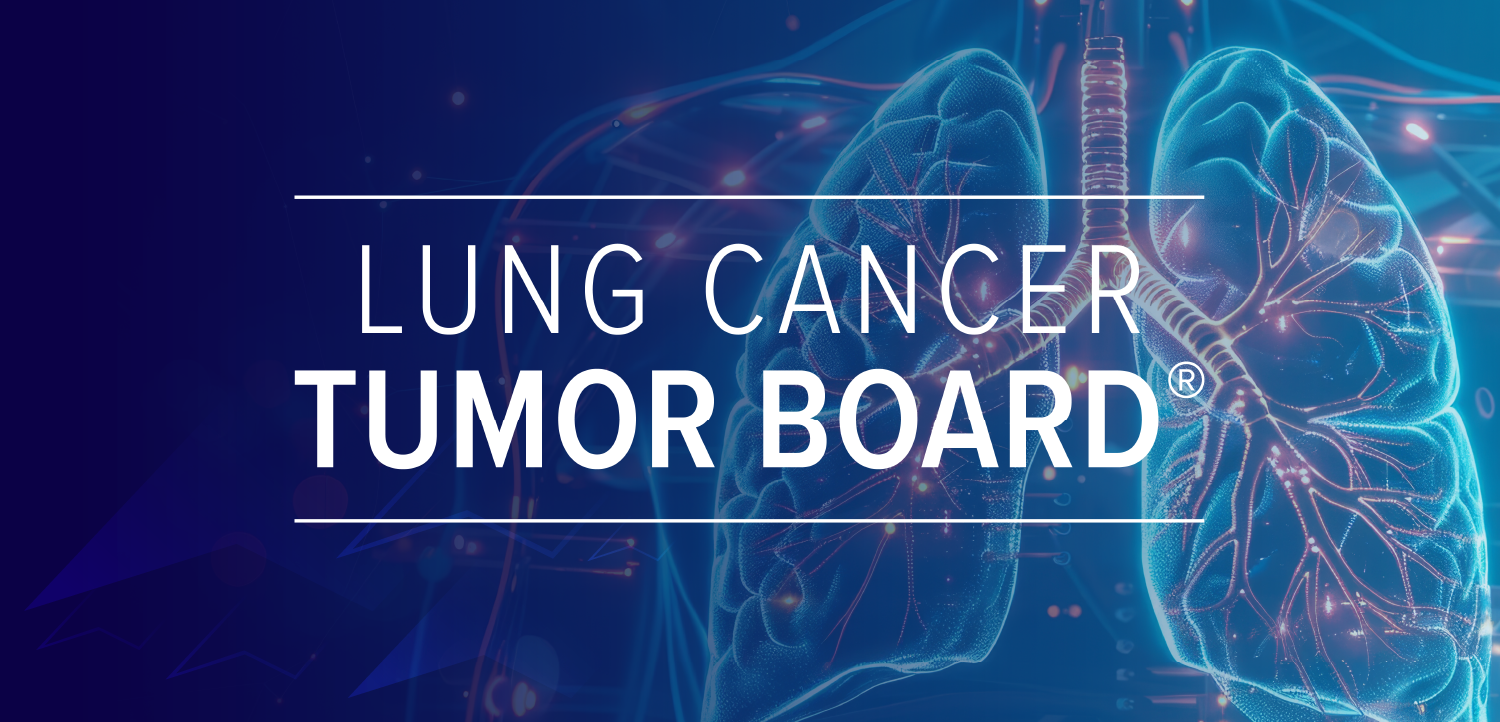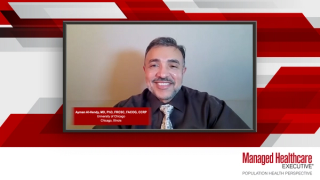
Population Health
Latest News
Latest Videos

Podcasts
CME Content
More News


Medicaid managed care plans will be affected as states shed enrollees because of the end of the continuous enrollment provisions of the COVID-19 public health emergency.

Researchers who analyzed telehealth for patients at federally qualified health centers document problems with everything from broadband access to digital literacy to poor translations.

Dated notions and lack of an early connection to healthcare keep men from seeking care.

The Office of Civil Rights published a proposed rule that could have healthcare organizations evaluating their practices surrounding, and interactions with, reproductive healthcare information.

In 2019 there were roughly 183,000 deaths associated with poverty in the U.S. among people 15 years and older. This is a significant result as the data is from the year prior to the COVID-19 pandemic when death rates skyrocketed.

Social isolation loneliness is increasing and not just because of the COVID-19 pandemic. Research shows it can have devastating health consequences.

For-profit companies now dominate hospice care in the U.S., and private equity firms are moving in. Some say the trend reflects the underlying economics and need for scale.
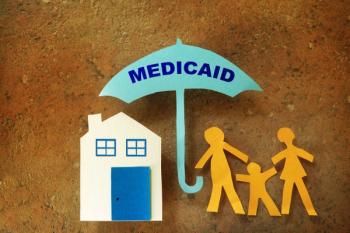
Most states have contracted with insurers to manage their Medicaid programs. Connecticut uses administrative services only contracts and a variety of means to manage the care.

Two reports show that drug-related deaths are skyrocketing among people 65 years and older.

The new 988 hotline may help more people get help and steer crisis care toward mental health interventions. But many obstacles to getting access to mental healthcare before or after a crisis remain.

Some are offering travel benefits.
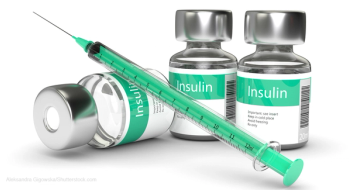
As Congress considers legislation that would cap out-of-pocket costs for insulin, Walmart and Civica Rx are taking steps that could make less expensive versions of the diabetes medication more available.
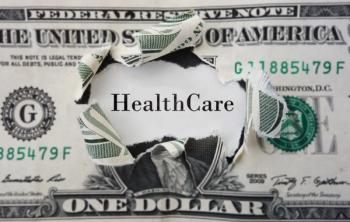
The program implemented by the Trump administration is designed to put more Medicare Shared Savings Program ACOs into two-sided risk. An industry group has discouraged participation in the program.

Although climate change affects the entire global population, historically marginalized and under-resourced communities will be disproportionately affected.

University of Pennsylvania researcher conducted 36 interviews of Black veterans with chronic kidney disease to find out how they experienced racism in their lives and especially as patients at the VA.

Fabric Health is bringing healthcare services to laundromats in Philadelphia and Pittsburgh. Other organizations are using barbershops and churches to deliver healthcare services and messages.

The toll that Alzheimer’s disease takes on the health of those affected by the disease is enormous. And so is the associated expense.

There’s no guarantee, but physical activity and corralling cardiovascular risk factors and diabetes improve the odds. Health insurers can assist by helping members address the “upstream” social determinants of health.

Ideally, value-based and technology programs combine to produce better outcomes. But researchers at University of California, San Francisco, found little evidence of synergy in the meaningful use, patient-centered medical home and Medicare Shared Savings Program ACO program.
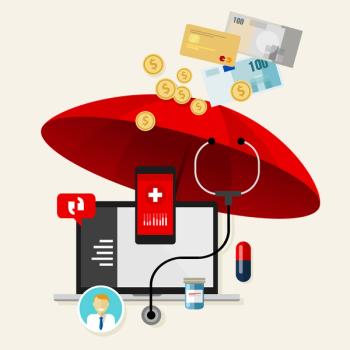
During the state of the industry webinar, AHIP experts reviewed policies and solutions to improve affordable access to care and shape healthcare in the post-pandemic world.

The conclusion of the pre-print meta-analysis is that small effect of "nonpharmaceutical interventions" on COVID-19 mortality rates did not outweigh the effects of lockdowns.

Telehealth, efforts to address social determinants of health and a focus on health disparities are likely to be among the top priorities in population health this year.

Despite calls for better integration of social care into healthcare delivery, the lack of adequate payment models has stymied efforts to improve health and reduce costs by paying for social interventions.

For some, the premiums may not make the coverage worth it. Low payment rates often limit access to those with dental coverage through Medicaid


